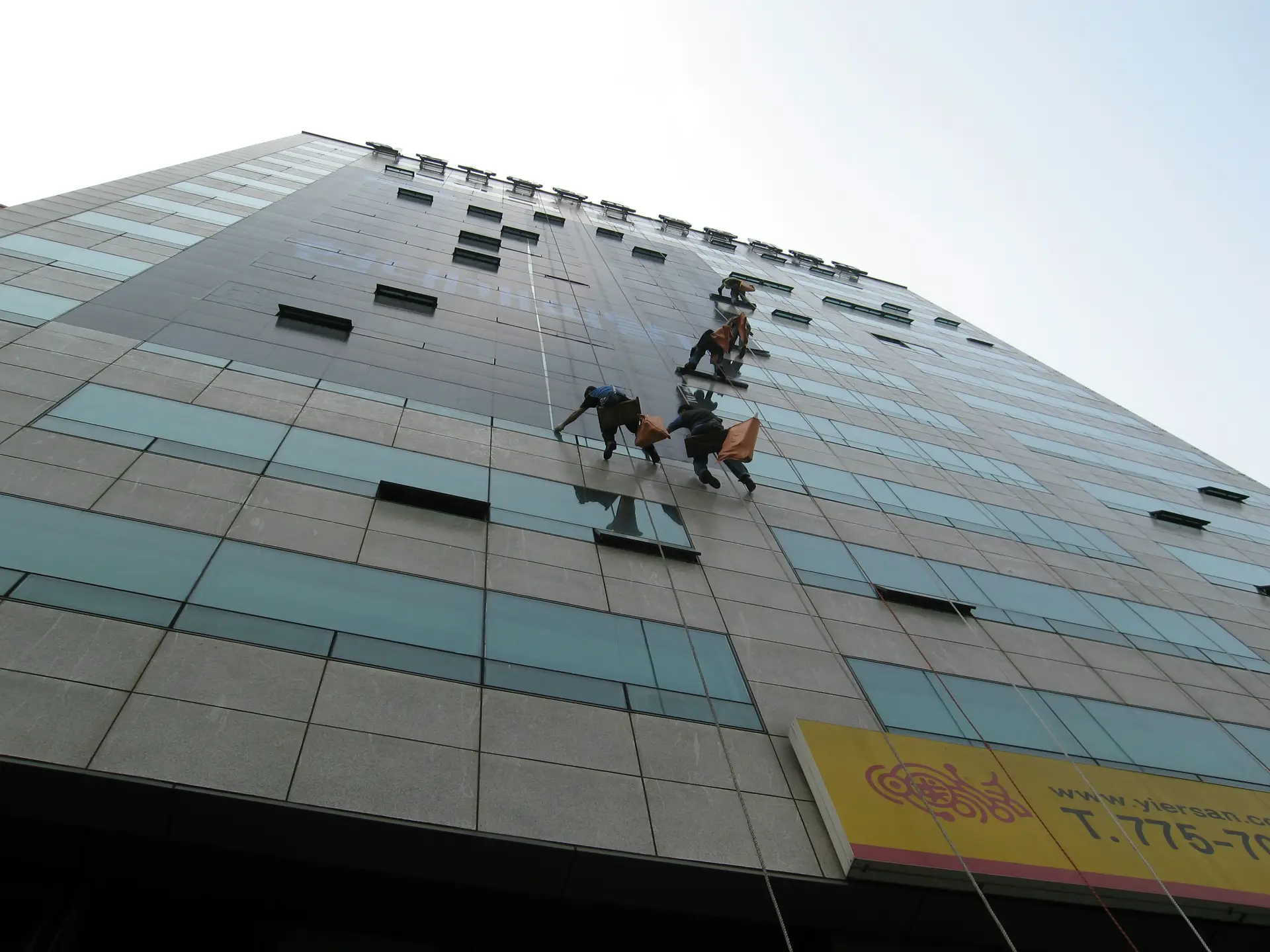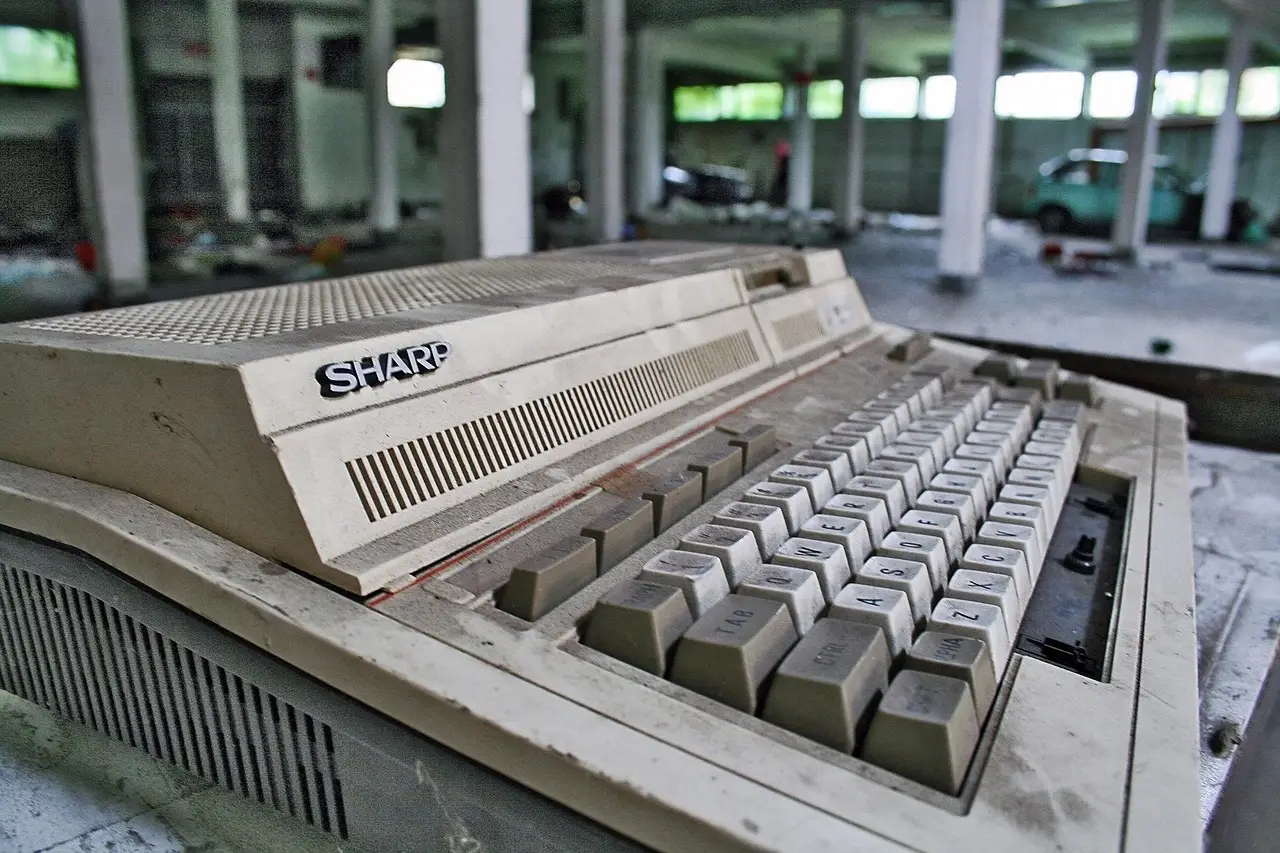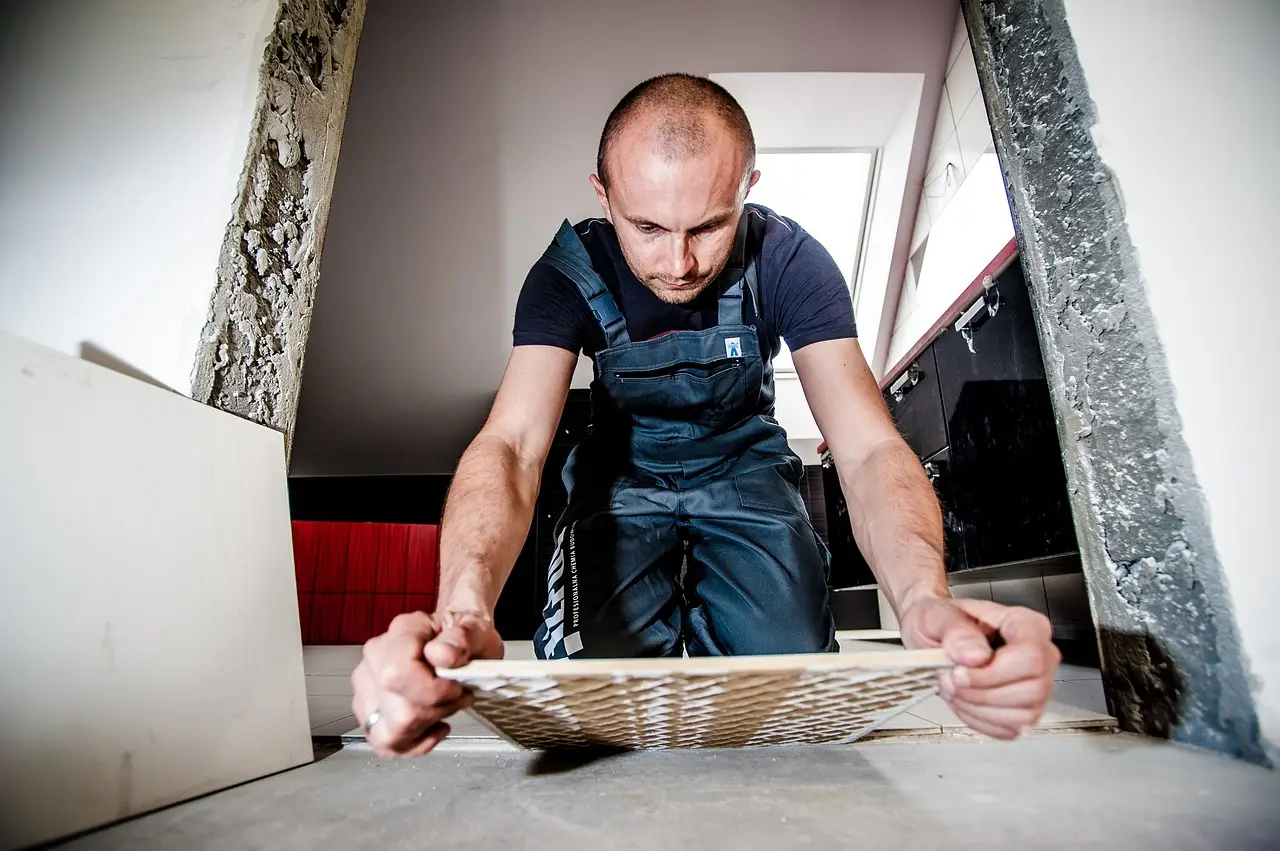Are Skyscraper Advertisements the Future of Urban Marketing?
The Emergence of Skyscraper Advertisements in Urban Marketing
As urban landscapes continue to evolve, skyscraper advertisements are emerging as a symbol of modern marketing strategies that capitalize on vertical space. These towering ads, often seen draping over the sides of skyscrapers or glowing in digital formats, offer an innovative way to capture the attention of a bustling city. Skyscraper advertisements are defined as large-scale promotional displays, typically found on high-rise buildings in urban environments, aiming to engage pedestrians and commuters alike.
Urban marketing has come a long way from the days of static billboards and storefront signage. The advent of digital technology, the shift toward experience-based marketing, and the increasing density of city populations have all contributed to an intricate tapestry of advertising methods designed to break through the noise. In this context, skyscraper advertisements represent a significant shift in how brands aim to reach their audiences. This article will explore the rise of skyscraper advertisements and assess their potential to revolutionize urban marketing.
The Rise of Skyscraper Advertisements
A. Historical Context of Outdoor Advertising
 Historically, outdoor advertising has evolved from simple painted signs on buildings to intricate commercial showcases that dominate urban skylines. The transition from traditional billboards to digital formats, alongside the shift in architectural styles in cities, has paved the way for skyscraper advertisements. As cities grew taller and more densely populated, advertisers recognized the potential of vertical space to reach larger audiences.
Historically, outdoor advertising has evolved from simple painted signs on buildings to intricate commercial showcases that dominate urban skylines. The transition from traditional billboards to digital formats, alongside the shift in architectural styles in cities, has paved the way for skyscraper advertisements. As cities grew taller and more densely populated, advertisers recognized the potential of vertical space to reach larger audiences.
The architectural evolution of urban landscapes has been dramatic, with cities now featuring iconic skyscrapers that serve as both landmarks and advertising platforms. The integration of massive graphic displays on these structures is more than just a trend—it's a reflection of how urban branding strategies have adapted to changing consumer behaviors and technological advancements.
B. Key Players in Skyscraper Advertising
Prominent companies across various industries are leveraging skyscraper advertisements to showcase their brands. From tech giants like Apple and Google to fashion labels and automobile manufacturers, many market leaders find immense value in this advertising format. Notable campaigns, such as the massive advertising mural for the 2016 film "Deadpool" that adorned a New York City skyscraper, are prime examples of successful skyscraper advertising.
Moreover, companies specializing in large-format installations, such as those mentioned on the Rope Access in London website, play a vital role in executing these ambitious advertising strategies. They provide essential services, including the installation of large-scale banners that make up a significant part of skyscraper advertisement campaigns.
Advantages of Skyscraper Advertisements
A. High Visibility and Reach
 One of the most compelling advantages of skyscraper advertisements is their unparalleled visibility. In bustling urban areas, the statistics surrounding foot and vehicle traffic are staggering. For instance, certain streets in New York City see over 300,000 vehicles daily, not to mention the throngs of pedestrians who walk by. Advertisements located in high-traffic areas not only ensure maximum exposure but also embody a physical presence that captures interest thanks to their height and size.
One of the most compelling advantages of skyscraper advertisements is their unparalleled visibility. In bustling urban areas, the statistics surrounding foot and vehicle traffic are staggering. For instance, certain streets in New York City see over 300,000 vehicles daily, not to mention the throngs of pedestrians who walk by. Advertisements located in high-traffic areas not only ensure maximum exposure but also embody a physical presence that captures interest thanks to their height and size.
The psychological impact of large-format advertising cannot be underestimated. Research shows that larger ads elicit a stronger emotional response, making them more memorable compared to smaller formats. This capability to leave a lasting imprint on the minds of consumers illustrates the effectiveness of skyscraper advertisements in influencing purchasing decisions.
B. Innovations in Technology
Technological advancements have revolutionized how skyscraper advertisements are designed and used. Digital displays and animated graphics are becoming increasingly common, allowing for dynamic content that can be updated in real-time. This adaptability enables advertisers to tailor their messages according to the time of day, current events, or even special promotions, enhancing engagement.
Additionally, augmented reality (AR) and interactive installations are on the rise, offering audiences immersive experiences that blend the digital and physical worlds. For example, a skyscraper advertisement may allow users to interact with an app that overlays animations on the building itself, providing a unique and memorable promotional experience.
Transforming Urban Marketing with Skyscraper Advertisements
As cities continue to grow, the need for innovative advertising solutions becomes more pressing. Skyscraper advertisements are not only an aesthetically striking addition to urban architecture but also an effective marketing tool that can significantly impact consumer behavior. With their high visibility, technological advancements, and the ability to engage audiences in new and exciting ways, skyscraper advertisements may very well chart the course for the future of urban marketing.
With advancements in installation techniques and a growing acceptance of large-format advertising, it is clear that brands seeking to make a bold statement in urban environments will continue to embrace skyscraper advertisements as an essential part of their marketing strategies. As we look ahead, the skyline may very well become the new canvas for advertising creativity and innovation, transforming the urban experience for consumers and brands alike.












